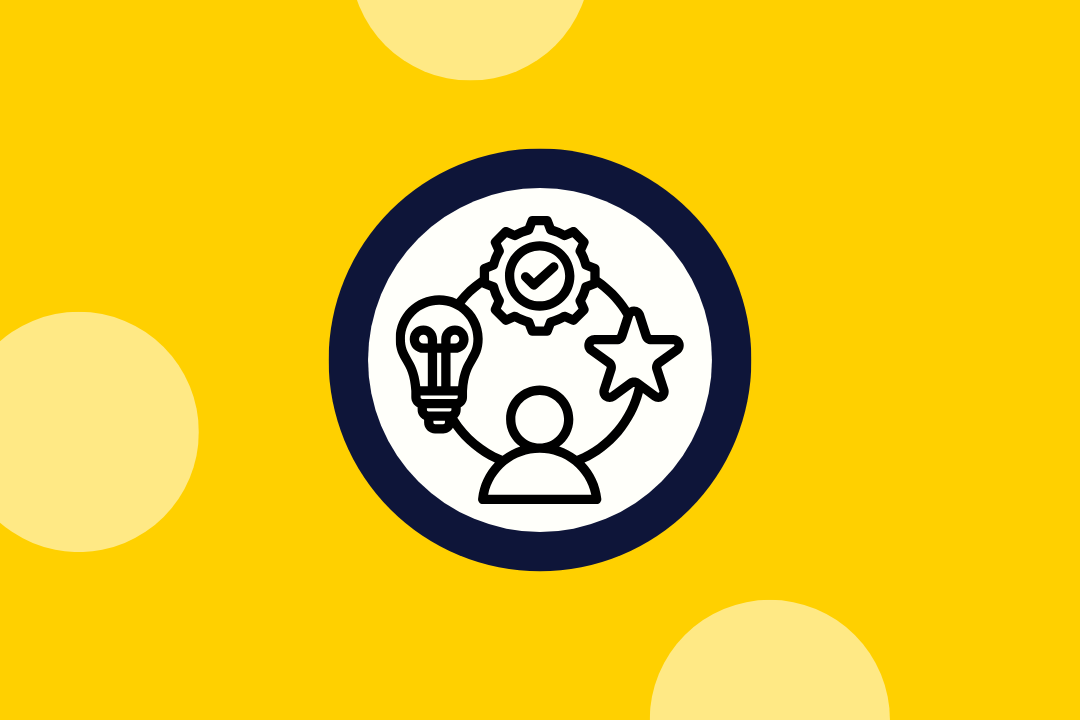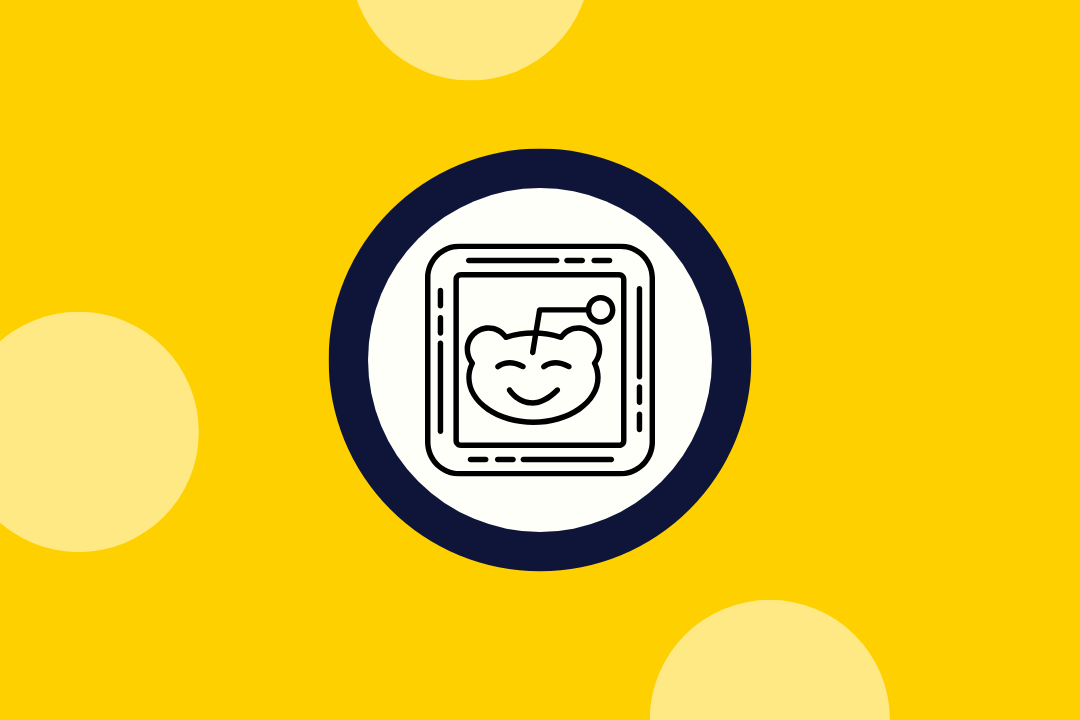How to Run Effective Facebook Ads for B2C in 2020
Published
July 16, 2020
Updated
August 4, 2021

Earlier this month, Right Side Up put on a webinar to discuss what’s working with B2B and B2C Facebook ads today. Kevin Lord Barry focused on B2B, while Alley Shinder discussed how to run effective Facebook ads in the B2C space. Our key takeaways for B2C are below, and you’ll find a summary of Kevin’s B2B recommendations here.
Know Your Levers
Before digging into the details, it’s important to know what levers you have at your disposal in order to run the most effective Facebook ads:
- How you structure your account
- The events you set up
- Which audiences you target
- What bid strategies you use and how you allocate your budget
- The creative you use—both imagery and copy
- Optimization
Keep Your Facebook Ad Account Structure as Simple as Possible
Of course, “simple” varies from business to business, but in general, don’t try to game the system with your objective. In other words, don’t try to get cheaper clicks by choosing a traffic objective instead of a conversion objective when you just want sales.
You can launch as many ads as you want, but try to have at least three per ad set. Also, always know what ads you’re running and why. Don’t create 20 campaigns for something you could consolidate into three, and don’t launch ads just for the sake of launching ads.
Test and Use Facebook’s Smart Features
Facebook has released several smart features over the past couple of years, and they’re aptly named—they usually work well. Here are the ones you should be testing:
- Campaign Budget Optimization (CBO): Let AI choose which ad sets to spend on. It’s best to use higher budgets here in order to exit the learning phase. (More on the learning phase below.) Earlier this year, Facebook announced that all campaigns would be switched to CBO by default, and other manual budget allocation options by ad set would be removed. However, as of April, Facebook backtracked and said it would not be forcing CBO on ad managers. That said, most are still using it because it just works.
Note: One of our audience members asked whether or not CBO works well with a lot of ad sets. The answer is yes—as long as your budget is big enough. You want your top ad sets to exit the learning phase, so you need at least 50 conversion events in your conversion window. You won’t be able to hit this if your budget is too small.
- Dynamic Creative Optimization (DCO): This feature is great for creative testing, as it allows you to test different creative assets and copy in the same ad. The downside is that it’s more difficult to build up social proof. If this is a big part of your strategy, run DCO for creative testing, then move to a more standard ad format.
- Dynamic Language Optimization (DLO): This feature lets you run multiple languages in the same ad. You can explore running ads in Spanish or Mandarin in the US, and French in Canada.
- Value-Based Lookalikes (VBLAL): Find people most similar to your highest value customers with this smart lookalike audience. You can create it by uploading a seed audience, or Facebook can create it using your pixel or app events. It works really well in combination with value optimization if you’re running app install campaigns.
Insider tip: You can manipulate your LTV values before uploading seed audiences.
- Dynamic Ads: Deliver more relevant product ads to people. This is the gold standard for ecommerce retargeting.
Get to Know Facebook’s Learning Phase
The learning phase is something advertisers always knew existed, but that Facebook wasn’t transparent about until a few years back. It’s essentially the period after you start a new campaign or make a significant edit to an existing campaign, but before your ad set sees at least 50 conversion events in your designated attribution window (usually either one day or seven days). In other words, it’s the period during which your ad set’s performance has not yet stabilized.
If the event you’re targeting is a high-funnel event like clicks, you’ll most likely hit 50 conversions quickly. However, if you’re a small business and you’re targeting purchases, it might take a very long time for your campaign to achieve the 50 purchases needed to exit the learning phase.
Once you’re out of the learning phase, you can get knocked back into it fairly easily by making creative changes, major bid and/or budget adjustments, and tweaks to settings at the ad set level. Every account, campaign, and ad set has a different sensitivity to the learning phase; we suggest not changing your bid by more than 20% each day to be safe.
Make Sure You Use the Facebook Pixel and App Events to Track Everything
For B2C, you’ll most likely want to start with the lowest funnel event possible. For example, if you’re targeting purchases, set up an event that tracks every purchase so you can optimize your ads to this objective. It’s especially important to do this if you want to use VBLAL as mentioned above.
If you’re running mobile app ads, test app event optimization (AEO) and Value Optimization (VO). These two settings can be found at the bottom of your ad sets. If you’re running app install campaigns and revenue is your primary objective, these are so much better than optimizing for installs. It’s also worth running a combination of AEO and VO at all times, as performance tends to shift between the two every so often.
One last important note here—in its upcoming iOS14 update, Apple plans to replace the IDFA with the SKAdNetwork, which effects AEO and VO. This is going to affect nearly all Facebook advertisers, so we highly recommend reading up on it.

Bid Strategies and Other Things That Complicate Your Life
When it comes to bid strategies, the best place to start is autobid, which will give you your baseline CPA. Autobid is your highest value, lowest cost bid strategy. Most advertisers are fine sticking with this vs. a manual bid strategy with a cost cap. However, if you’re not seeing the CPA results you want, you can move on to manual bid.
A good rule of thumb when using manual bid: set your bid to be your CPA (which you’ll know if you’ve been running autobid for a while) plus 20%. If you set your bid too high, you won’t spend your full budget. So mess around with it by increasing your bid by 20% every day until you’re spending your full budget and getting the results you want. Note: Don’t change your bids by more than 20% a day. As mentioned above, it’s easy to knock yourself back into the learning phase.
Pro tip: Focus on CPAs, and don’t get distracted by impressions and clicks. There’s a ton of noise on Facebook, but you should just be focusing on one, maybe two KPIs, max. If you want money, focus on return on ad spend.
Ad Creative: Your most important lever
We covered a lot of ground for creative, so here’s a quick list of best creative practices for running the most effective Facebook ads:
- Videos tend to work better than static ads for B2C. They cost more, but they have better longevity, better chance for engagement, and better viral factor. When you have a winning video ad, it can have much more of a positive effect on your CPMs than static ads. Don’t forget you can choose your own thumbnail!
- That said, don’t discount static ads, especially if you’re in the ecommerce space, where static ads tend to outperform video ads. But even if you’re using a product carousel, try putting a video in the first slide to see what impact it has.
- A mobile-first best practice is to never use a video longer than 7–15 seconds.
- If you don’t have the resources to create assets in multiple sizes, 4:5 sizing works for most non-horizontal ad placements on Facebook.
- Show, don’t tell. Always focus on visually highlighting the product, as most people won’t read copy. Use high resolution, bright creative that attracts attention.
- Very few people click to “read more,” so make sure your copy is short, sweet, and visible at first glance.
- If you’re not too concerned with branding, test flair like emojis, exclamation points, capitalization, links, etc.
- Use DCO to run copy tests with your best creative.

There are several other ad formats that are worth testing:
- Carousel ads, especially for ecommerce products, using a video ad for the first slide.
- HTML5 playable ads for mobile gaming. They’re expensive to produce, but results can be really good.
- Facebook/Instagram stories—they convert like crazy for pretty much everyone if your asset is good enough, and “swipe up” text works well.
- Slideshows—they’re quick and easy to make, and they’re a great way to recycle tired static assets into something new.

As for creative testing, there are two main methodologies.
- Scientific. Create a new campaign with a new ad set with your best audience and best control creative, plus new creative. Run a few hundred dollars of spend until a clear IPM (installs per 1,000 impressions; good for mobile app ads) or CTR (click-through rate; good for other ads) winner appears.
- Sink or Swim, or what Alley likes to call the “YOLO” method. Throw your new creative into an active ad set and see what happens. Facebook is pretty good at only spending money on things that are meeting your campaign objective, so if it’s not driving revenue or getting a good CTR, Facebook will spend on something else. If you don’t feel like allocating money to a new campaign and ad set, this is a great way to go.
And finally, we had a question from the audience about whether or not we recommend breaking ads out by placement—in other words, Facebook feed, Facebook stories, Instagram feed, and Instagram stories. For some businesses, this makes sense. When you launch a new campaign, you can launch all Facebook placements in one ad set, and all Instagram placements in another. A lot of our Instagram placements beat out Facebook placements, and for many advertisers, Instagram produces higher quality results than Facebook, even though the CPA is higher. Her final advice on this front: don’t be afraid to exclude something that isn’t working!
Don’t Be a Hero—Use the Facebook Ad Library
Coming up with new and effective Facebook ad creative ideas takes forever. Plus, it’s expensive to figure out what works best.
- Average cost to produce a 10-15 second animated video clip: $1,000
- Average cost to produce statistically relevant results from creative testing: $500
- Average success rate of brand new creative concept testing: 10%
Your competitors are already spending Facebook ad dollars. Leverage their learnings and save your money by taking advantage of the Facebook Ad Library.
It’s a great way to find inspiration and conduct competitive research. It lets you see every ad that a Facebook page is running, how long it’s been running, and more. Don’t feel bad about taking a good concept and making it your own.
Trends in CPMs and CPA Given the Facebook Boycott and COVID-19
One of our audience members asked whether or not we’ve seen any changes or trends in CPMs and CPAs since March. For many of our B2C clients, they’ve been all over the place. In March and April, they hit all-time lows. In May, they covered. In June, they were back to normal. But now (July), they’re starting to drop again. She thinks it’s due to a mix of everything going on in the world right now.
.webp)
.webp)
.webp)
.webp)
.webp)
.webp)
.svg)
.svg)
.svg)
.png)


.png)








.png)

.webp)
.webp)
.webp)
.webp)
.webp)
.webp)